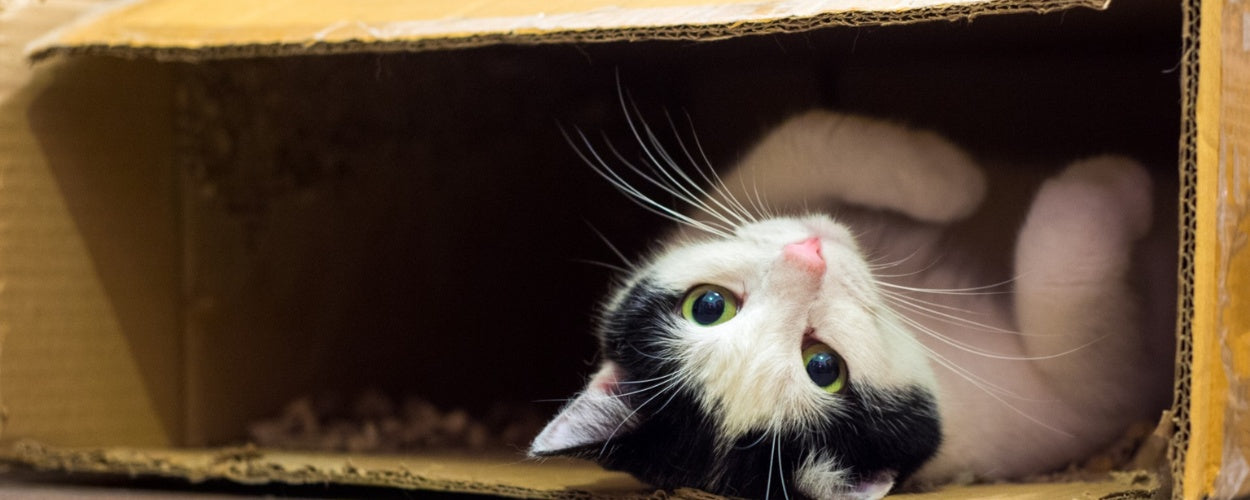Every cat lover has, at some point, encountered a street cat. Whether lounging in the sun or darting through alleyways, these independent creatures lead fascinating lives. But is it possible for a street cat to trade its outdoor adventures for a cozy spot in your home? The journey from street to domestic life is both rewarding and challenging.
Understanding the Types of Street Cats
Not all street cats are the same, and understanding their background is the first step in deciding if they can become pets. These cats generally fall into two main categories: stray and feral. Their behavior, needs, and adaptability differ significantly.
Stray Cats: The Socialized Wanderers
Stray cats are those that have been socialized with humans but have lost their homes. They may have been abandoned, become separated from their families, or wandered too far and failed to find their way back. These cats often retain their trust in humans and show signs of familiarity with domestic life, such as seeking food, meowing for attention, or attempting to approach people. While they may initially display caution or nervousness, stray cats are usually more open to human interaction. With proper care and patience, most strays can quickly adapt to domestic life and thrive in a loving home.
Feral Cats: The Independent Spirits
Feral cats, on the other hand, have had little to no contact with humans throughout their lives. Born and raised outdoors, they rely entirely on their instincts for survival. These cats are often wary of people, preferring to keep their distance and avoid interaction. Unlike stray cats, ferals typically do not seek human attention or companionship. However, with significant time, effort, and the right environment, it is possible to tame feral cats and help them adapt to a domestic lifestyle. Success largely depends on factors such as the cat’s age, past experiences, and willingness to trust humans.
Can Street Cats Become Indoor Pets?
The answer is a resounding "yes," but the process depends on the cat's temperament, age, and past experiences.
For Stray Cats
Stray cats are generally the easiest to transition into indoor life. They may already have experience living with people and can quickly readjust to a domestic environment. Providing them with food, shelter, and care often helps them settle in within weeks.
For Feral Cats
Taming feral cats is more complex. Experts agree that kittens under 16 weeks old have the best chance of becoming accustomed to human interaction. Older feral cats, while more challenging, can still adapt with consistent effort and the right approach.
Steps to Transition Street Cats into Pets
Bringing a street cat into your home isn’t a simple "pick up and go" process. Here’s a step-by-step guide to ensure a smooth transition.
1. Build Trust Gradually
Start by establishing trust. Leave food and water outside at the same time daily, maintaining a calm and non-threatening demeanor. Avoid direct eye contact, as cats may interpret this as a threat.
2. Address Health Concerns
Before close interaction, consult a veterinarian. Cats living outdoors may carry diseases like feline leukemia, rabies, or parasites. A vet will provide vaccinations, spaying or neutering, and ensure the cat is healthy enough for a transition.
3. Create a Safe Space Indoors
When the cat is ready to come indoors, set up a designated space. This should include food, water, a litter box, and a cozy hiding spot. A small, quiet room helps reduce stress and allows the cat to acclimate to its new environment.
4. Practice Patience
The process of taming can take weeks or months, depending on the cat's personality and past experiences. Avoid rushing physical contact, and let the cat approach you on its terms.
5. Use Positive Reinforcement
Encourage interaction through treats, toys, and soft-spoken communication. Reward the cat’s progress with consistent, positive reinforcement to build trust and confidence.
6. Monitor Behavioral Challenges
Expect some resistance, particularly from feral cats. Hissing, hiding, or even aggression may occur. Patience and understanding are key during these moments.
Health and Safety Considerations
Caring for a street cat requires attention to its health and well-being. Before bringing the cat indoors, a thorough veterinary examination is necessary to rule out diseases like feline leukemia, rabies, or ringworm. Vaccinations, spaying or neutering, and parasite treatments are vital to ensure the safety of your household and any existing pets. Additionally, observe the cat’s behavior for signs of stress or aggression. Feral cats may exhibit more defensive behaviors initially, which can be managed with a calm and structured environment. By addressing health and safety concerns upfront, you create a stable foundation for the cat’s transition to indoor living. Prioritizing these steps protects both the cat and your family while setting the stage for successful domestication.
Challenges in Taming Street Cats
While the transformation from street to pet is rewarding, it’s not without challenges.
Time and Effort
Taming a street cat requires time, effort, and consistency. Unlike cats raised in a home, street cats need reassurance that humans can be trusted.
Space and Environment
Cats accustomed to the outdoors may feel confined in small spaces. Providing stimulating toys, scratching posts, and window views can ease the transition.
Potential Setbacks
Some cats may regress during the taming process. It's important to stay patient and continue building trust, even if progress feels slow.
Benefits of Adopting Street Cats
Adopting a street cat offers numerous rewards. First, it saves a life, reducing the number of cats living in harsh outdoor conditions. Street cats also bring unique personalities shaped by their time outdoors, adding character to your home. The bond formed with a previously wary cat is deeply fulfilling. It reflects mutual trust, effort, and patience—qualities that deepen the human-animal connection. Additionally, adopting street cats helps address overpopulation issues, particularly when combined with Trap-Neuter-Return (TNR) programs. While the challenges are significant, the transformation of a street cat into a beloved household member is a deeply satisfying experience for cat lovers. It’s an opportunity to make a tangible difference in an animal’s life while gaining a loyal and unique companion.
When to Consider Trap-Neuter-Return (TNR)
For some cats, especially feral ones, indoor life may not be the best option. In such cases, Trap-Neuter-Return (TNR) is a humane and effective alternative. TNR involves trapping the cat, taking it to a veterinarian for spaying or neutering, and then returning it to its original territory. This method helps control the cat population while allowing feral cats to live safely in their natural environment. TNR programs also include vaccinating cats to protect them from diseases, benefiting both the cats and the community. While TNR doesn’t involve adopting the cat, it is a compassionate way to support its well-being and address the broader issue of street cat overpopulation.
Conclusion
Transforming a street cat into a cherished member of your household is a journey filled with challenges, patience, and immense rewards. Whether you’re helping a stray rediscover the comforts of a home or guiding a feral cat toward trust, each step of the process strengthens the bond between you and the cat. By understanding their needs, prioritizing health and safety, and approaching the process with care, street cats can indeed thrive indoors. For cat lovers, this journey is not just about taming the wild but also about creating a meaningful connection that lasts a lifetime. With the right approach, you can give these cats a second chance at life while enriching your own.








